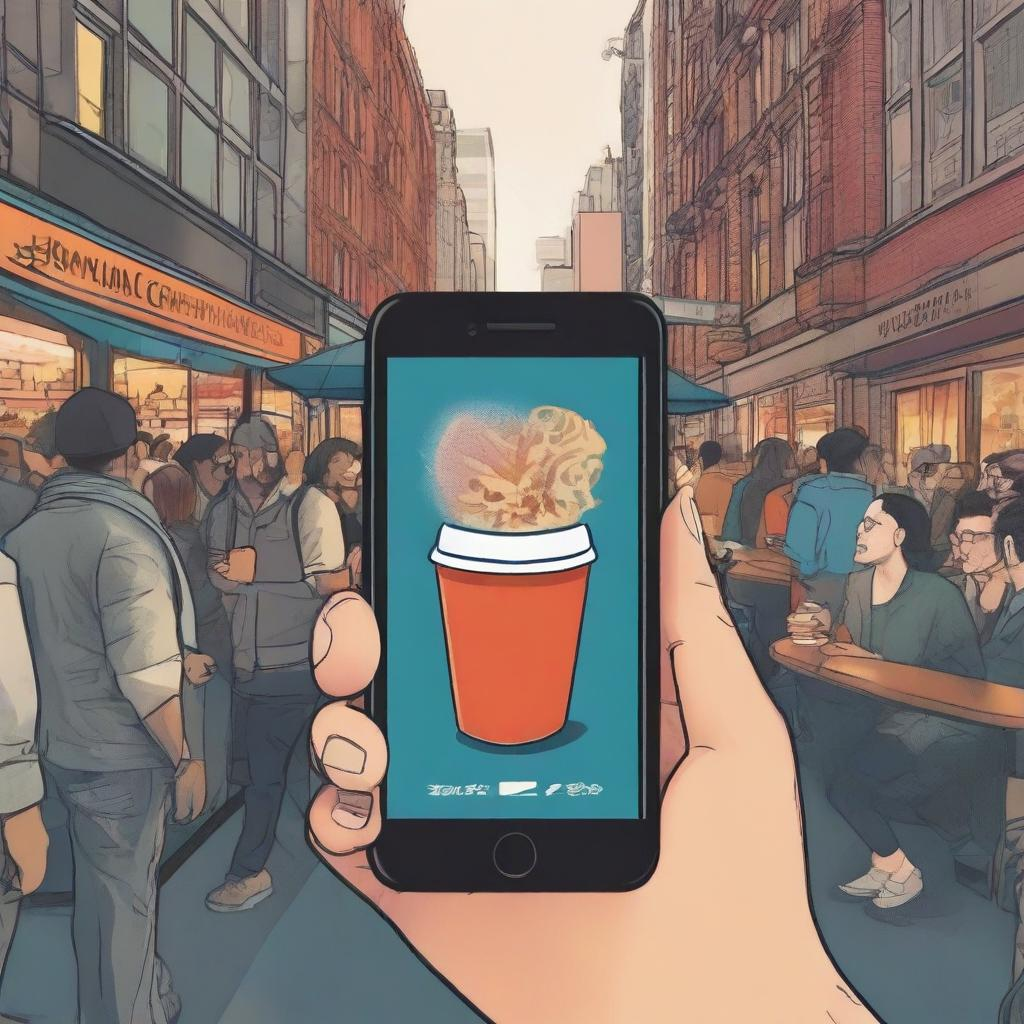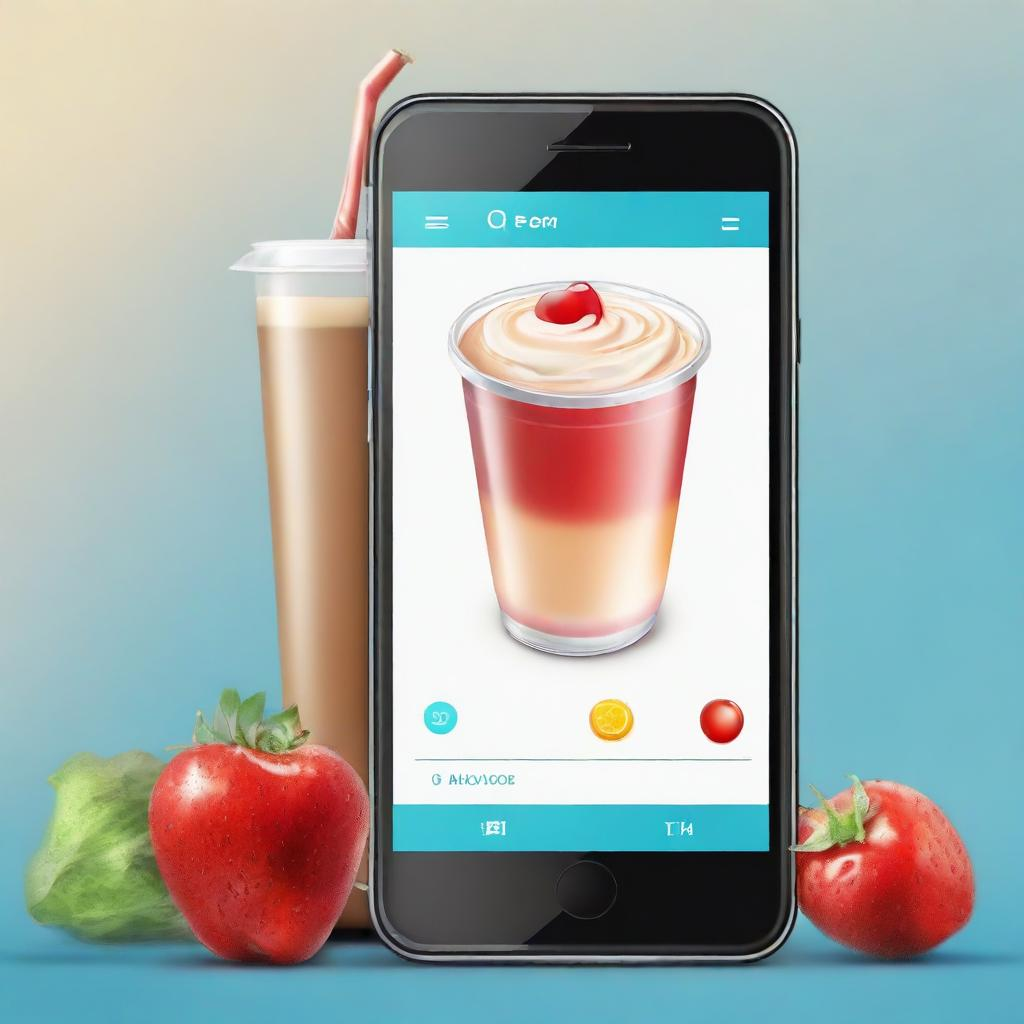TLDR
As a restaurateur, you're doubtless tracking your restaurant's revenue and profit margins. But are you paying as much attention to other key metrics?
There's more to running a restaurant than just making money. In order to truly understand how your business is performing, you need to track a range of metrics – from customer satisfaction and employee retention to food costs and inventory turnover.
Below, we'll take a closer look at some of the most important restaurant metrics you should be tracking. So, pull up a chair and let's get started!
Average Spend
Think about it this way: if you had a friend who owned a restaurant, what are the five key numbers you would want to know? Average spend is one of those numbers. It gives you a general idea of how much people are spending when they visit your friend's restaurant.
Of course, this number will vary depending on the type of restaurant and the surrounding area. But tracking it over time will give you a good idea of how well your restaurant is doing, and whether or not you need to make any changes.
Customer Frequency
Your restaurant's success hinges on one thing – customers. Without them, you won't make any money, plain and simple. So it's important to track the number of customers coming through your doors on a regular basis.
This metric is known as customer frequency. By tracking it, you'll have an idea of how many first-time customers are coming in, and how many are returning customers. Seeing this information over time can help you make decisions about what's working and what's not, so you can tweak your marketing and promotions accordingly.
Conversion Rates on Web and Mobile
Conversion rates are key metrics that restaurants should track on their web and mobile channels. When you know what percentage of people who visit your website or app end up making a reservation or placing an order, you can begin to understand where your strengths and weaknesses lie.
For example, if you see that less than 2% of people who visit your website make a reservation, you know that you need to work on improving your website's reservation system. Or, if you see that only 1% of people who download your app make a purchase, you know that you need to work on improving your app's usability and user experience.
Tracking these conversion rates will help you hone in on the areas of your business that need the most improvement, so that you can focus your time and energy there.
Kitchen Performance
Now let’s take a look at essential kitchen performance metrics. These metrics are the ones that help keep your restaurant operations running smoothly and efficiently.
First off, Cost of Goods Sold & Food Cost Percentage are key metrics to track. This will give you insight into what ingredients and goods you need for your dishes and how much they cost. Prime Cost & Inventory Usage can then be monitored to ensure you're using all of the ingredients you purchase and not wasting any.
And finally, it's important to always monitor your Item Profit Margin & Best Selling Menu Items. Analyzing these will reveal which items are the most profitable and give you a better understanding of customer preferences based on sales data. By tracking these, it will help you make better informed decisions about what menu items should stay or go, as well as any pricing adjustments needed in order to maximize profits.
Food Costs
In addition to tracking your cost of goods sold, it’s also important to measure your food cost percentage. The food cost percentage indicates the percentage of your total sales that goes towards food expenses. It's the price of all ingredients used for food items over a certain period divided by the total associated sales for that period. This metric is helpful in ensuring that you are controlling your expenses related to buying and using food items.
Knowing this metric can alert you to potential issues before they get out of hand and help you better manage costs with accurate forecasts and budgeting. To get an accurate read on this metric, be sure to account for any product waste so it doesn't lead to an inaccurate number.
By tracking this essential metric, restaurants can ensure they are keeping their expenses in check and maximizing profits.
Employee Retention and Turnover Rate
Employee satisfaction is an important metric that all restaurants should be tracking. A satisfied team translates to a motivated team, and a motivated team means great customer experience, which can have a positive effect on revenue. But beyond employee satisfaction, the overall retention and turnover rate should also be monitored.
More specifically, the voluntary and involuntary turnover rate should be tracked. If there’s an unusually high amount of voluntary turnover in a certain period, it can indicate that something is wrong with the working environment that must be addressed as soon as possible. On the other hand, if there’s an abnormal increase in involuntary turnover this can mean that maybe recruitment isn’t done right or that training isn’t as effective as it should be. Having insight into this particular metric will help you get a better understanding of your workforce and how to optimize it to achieve better results.

Conclusion
Revenue is important, but it's not the only metric restaurants should be tracking. By measuring average spend, customer frequency, conversion rates on web and mobile, kitchen performance, and food cost, restaurants can get a better understanding of how they're doing and where they can improve.

















.svg)





.svg)
.svg)








.png)







.webp)










